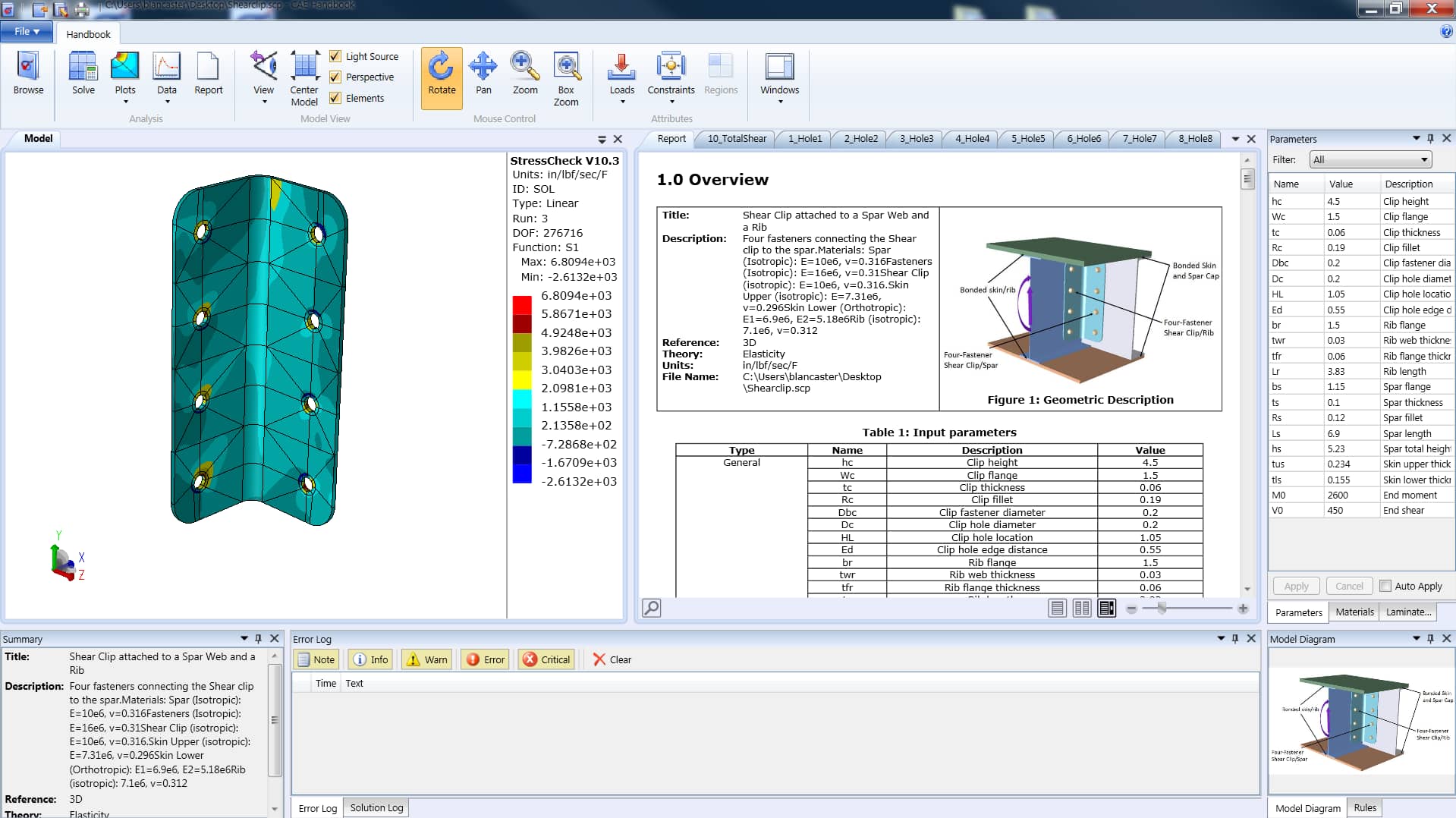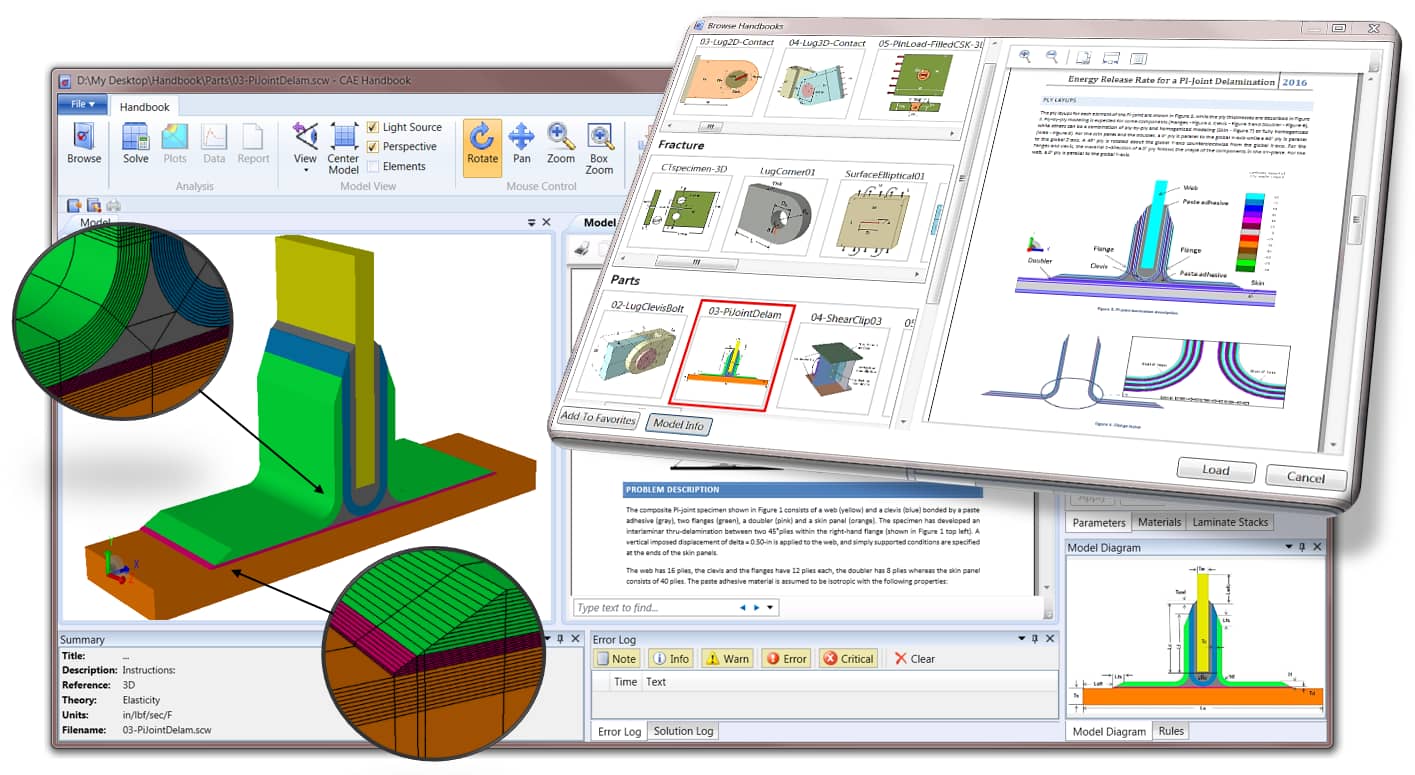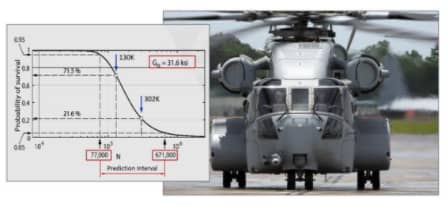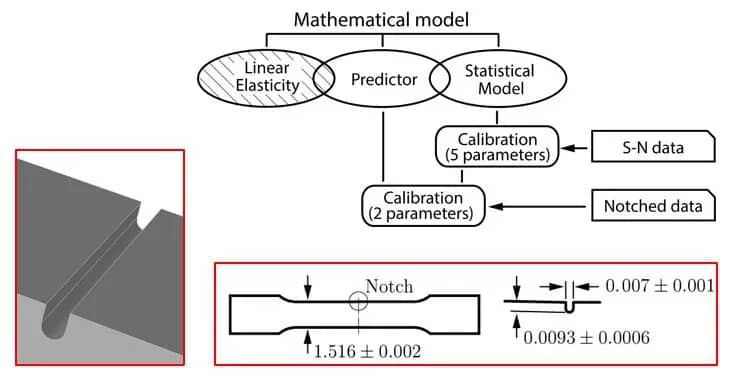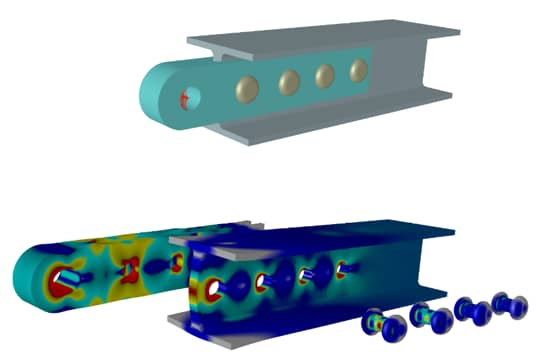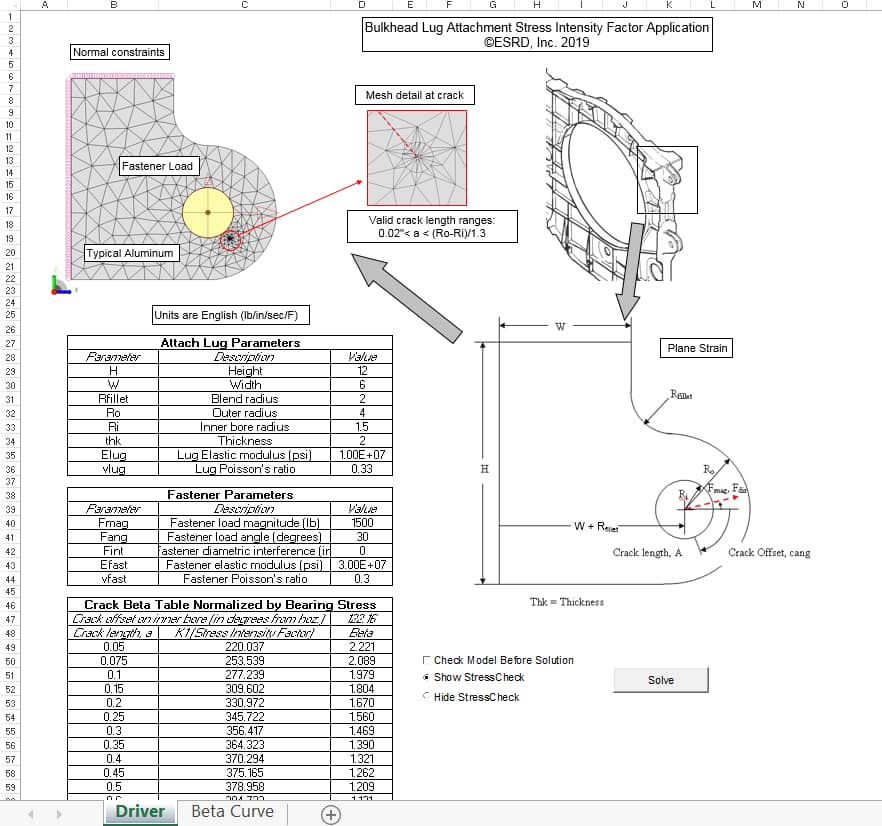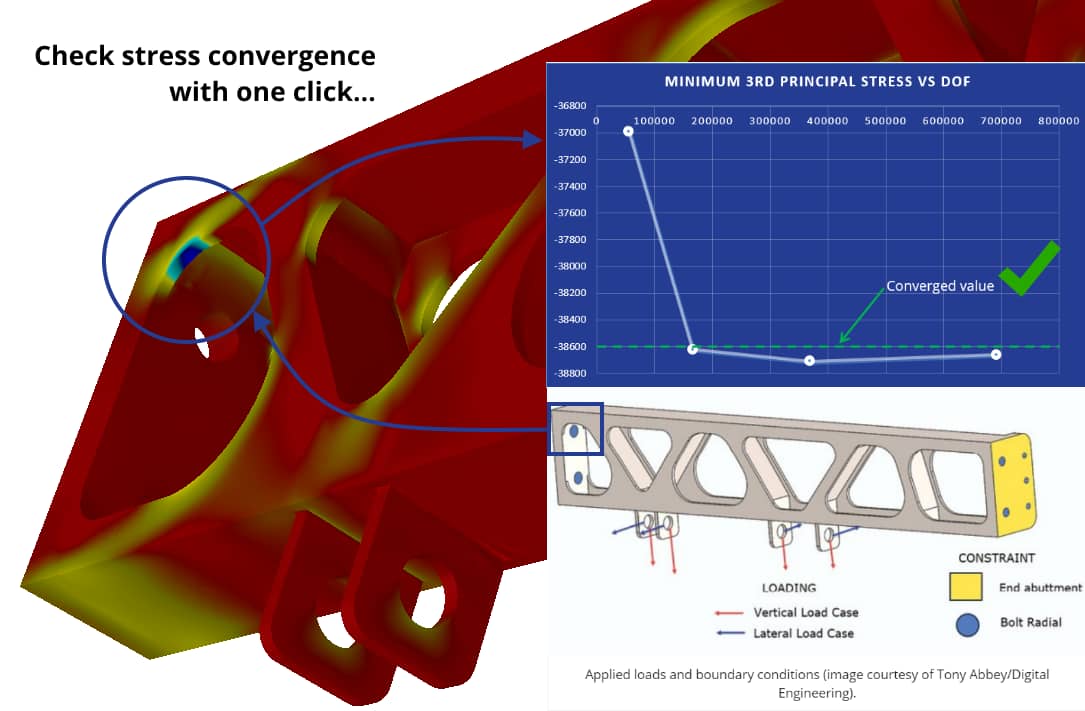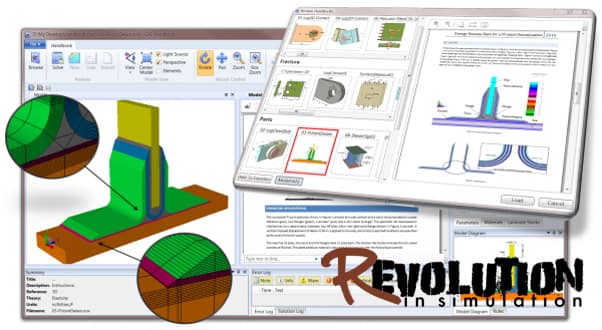
ESRD @ ASIP 2018 Summary
This past week at ASIP 2018, ESRD provided a training course titled “Modeling Fastened Connections: Hierarchic Approaches Discussion and Demo”, chatted with ASIP attendees, provided StressCheck demos, and exhibited at our booth.
Read the summary of events and download the ASIP training course presentation, demo video and selected StressCheck model files!
 Serving the Numerical Simulation community since 1989
Serving the Numerical Simulation community since 1989 



